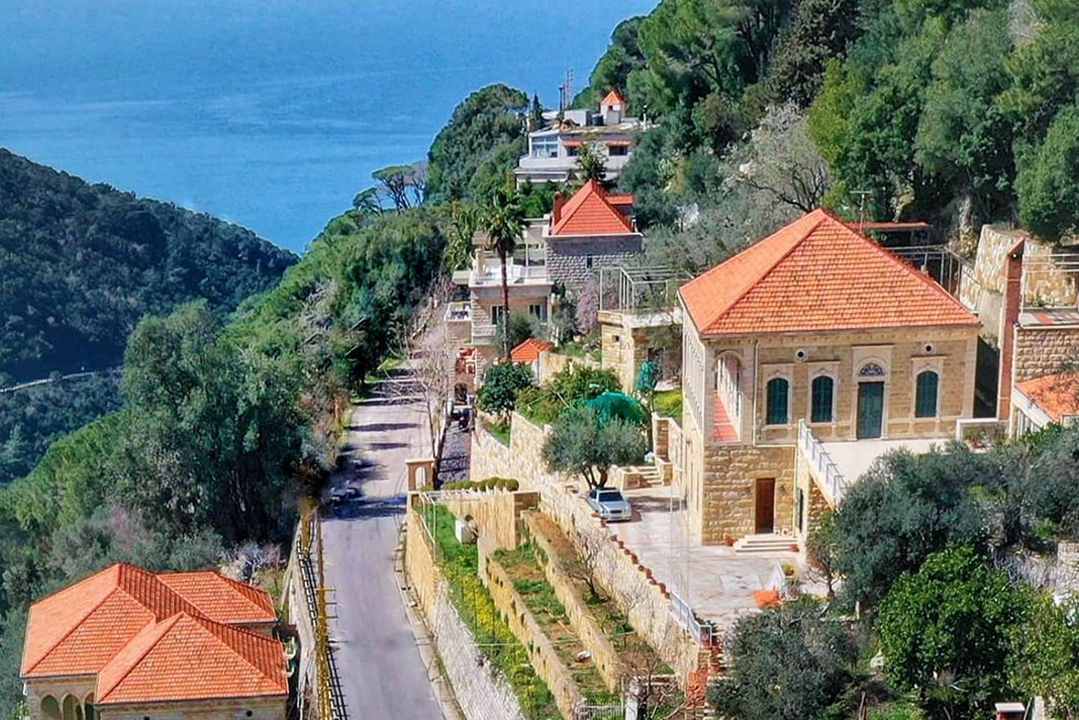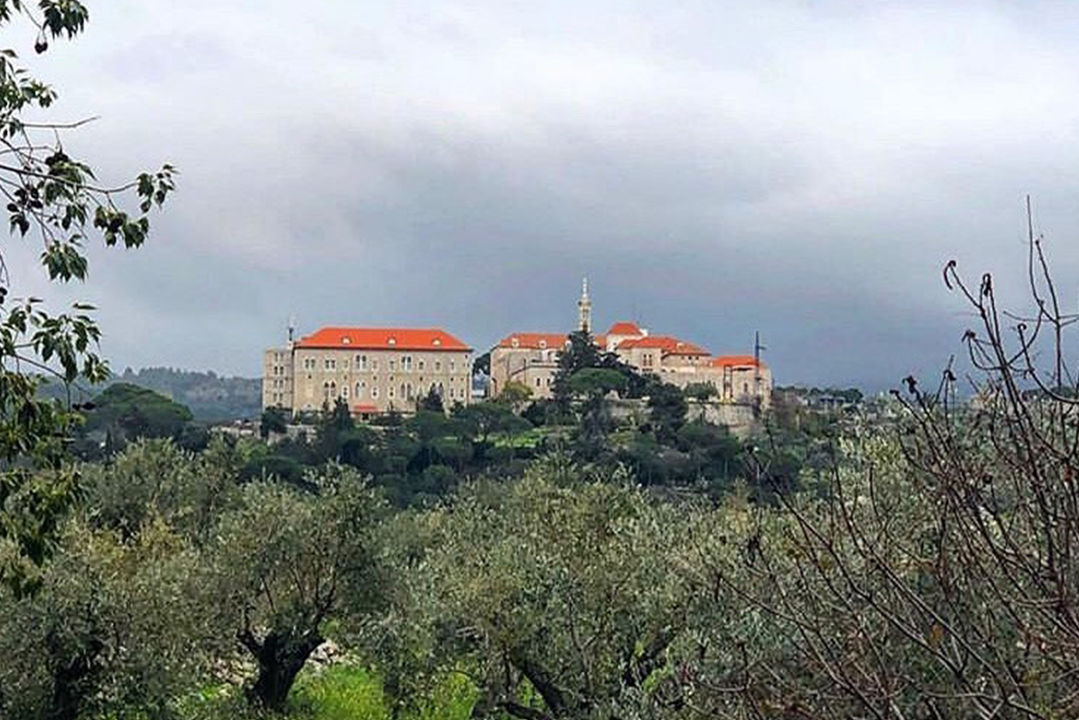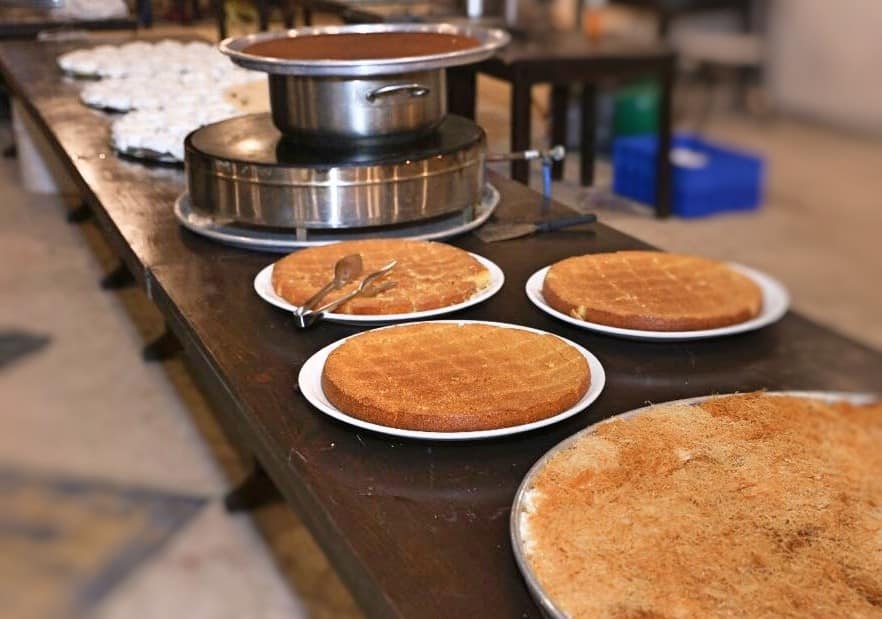Biodiversity conservationist Elsa Sattout takes us on a trip to her local green getaway, Dlebta, a village where natural landscapes meet history

Photo – Elie Korkomaz
Amid a busy life, reconnecting with nature and places that have preserved their identity, traditions and landscapes can be a source of replenishment. To break the pace of our everyday life, we crave nearby green spaces in which to escape. In Lebanon, you don’t have to journey far from the city to reach the countryside. A green escape can be just around the corner, only a few steps away from towns and cities around the country. Looking out from the window of my office in Jounieh in February, craving a space to enjoy some peace of mind away from urban areas, I rushed out for a drive up the slopes of the mountains of Kesrouan. The ride to the village Dlebta, passing by Chnaniir takes only 10 minutes from the Maameltein highway, just 26km from Beirut. Dlebta stretches over 3.23km2 and is located at the heart of a water-rich valley with an elevation ranging from 400-800m above sea level.
From the entrance of the valley, the beauty of the area is apparent. Lebanese traditional houses with red-tiled roofs are surrounded by a wilderness of dilb (Oriental plane trees) lining up in pockets, alongside pine, Syrian maple, strawberry tree (Arbutus unedo), laurel, Judas tree, pistachio and clematis. Dlebta’s name itself refers to the plane tree and the village was known throughout history for the affluence of its community, which is still reflected in the square gardens and terraces of its residents, unexpectedly blending with natural green spaces.
The village, which has four ports of entry from Ghazir, Aramoun, Mearab and Chnaniir, was once active in silk and arak production. The Roman stairs that cross the valley were once used to reach nearby villages such as Achkout and more distant places such as Baalbeck. In Dlebta’s Albayada’s Street, a stairway of 350 steps, followed by a narrow road, leads to the convent Saydet El Haqlet (Our Lady of the Fields) that dates back to 1670 and holds traces of the Crusaders from 1099. Halfway up the stairway, at 200 steps, there is the church Saydet El Najat (Our Lady of Relief), dating back to 1894, which offers a picturesque view of a colorful tapestry of trees such as cedar, cypress, prickly pear, almond, walnut, olive, and plum in home gardens and orchards. Among the many mulberry, loquat and orange trees growing in the local gardens, chestnut is uncommon, though a lonely tree can be spotted standing in the middle of the landscape.
The village hosts many old churches and convents such as St. James church from 1893, St. Anthony of Padua from 1902, along with St. Peter Antonine and St. Benoit Maronite convents. Before leaving, stop by the village square, where a public library lies close to the cliff edge, and glimpse back at what you have left behind; the blue horizon where lines of sea and sky meet at Jounieh bay.
Where to Eat
Satisfy your cravings at Kaser El Sanawbar (+961 3 346089), an outdoor venue that serves delicious Lebanese cuisine.
Where to See

Photo – Dania Khatib
Tour the village’s religious sites, taking in the historical convent Saydet El Haqlet (Our Lady of the Field), Deir El Moukhales (St. Saviour 1799) and the churches of Saydet El Najat (Our Lady of Relief 1892-1900) and Mar Ya’coub El Muqata’ (St. James Church 1733-1893.) Pause at the top of the steep stairway to take in the view, before touring the village, taking in old houses dating back to the 18th Century with traditional architecture.
Article published on April 4, 2016
Article updated on April 20, 2021




